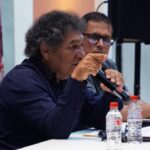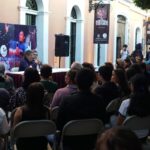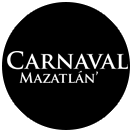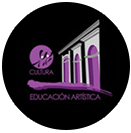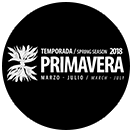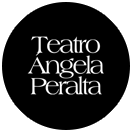The feat carried out by the English navigator and privateer Thomas Cavendish, on October 19, 1587 when he intercepted the ship the Nao de China, a 700-ton galleon that was transporting great loot, was remembered by historian Rubén Romero in a fantastic afternoon of Dialogues of our History.
Dozens of people of all ages gathered at the Plazuela Machado next to the portico of the Ángela Peralta Theater to listen to the talk “Pirates in Mazatlán, Thomas Cavendish, the sailor who sailed around the world and passed through Mazatlán”.
The spectators were amazed by the revelations of the guest historian, and discovered details that were key for the privateer to achieve the maximum loot obtained by any pirate or privateer in his time.
With documents from his investigation, Rubén Romero spoke about the importance of the ship that was looted and sunk, since it was transporting 60 thousand gold coins, thousands of silver ingots, diamonds, precious stones, fabrics, paintings, exotic foods, and more. which was captured on the coast of what is now Cabos San Lucas, Baja California Sur.
“Thomas Cavendish arrived in Mazatlán on October 4, 1587, he arrived at the Three Islands, at that time Mazatlán was nothing, and it was part of the strategy because there he stored the ship ‘Desire’, he maintained it and then lay in wait, landed between Playa Norte and Paseo Claussen, and camped in what is now Ángel Flores, forming a pirate port in Mazatlán,” he said.
The historian commented that after the capture, Thomas Cavendish transferred the assets to the English crown, at that time having Queen Elizabeth I as her majesty, the loot that was not completely taken because the ship ‘Desire’ did not have the capacity to transport everything, and left a part of the treasure at a point in Mexico, and thus began the legend of the Cavendish Pirate’s treasure.
Before concluding the interesting talk, the audience asked different questions, which were promptly answered by the historian.


